If you received one of these in the mail…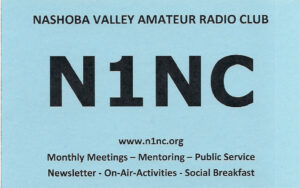 Click on the card
Click on the card

John KK1X outlines his DX Commander clone antenna. John K1JEB refits a Bencher key so it doesn’t bounce around the shack.
I was both surprised and delighted that my “DX Commander” prototype survived the winds Saturday night during the ARRL Sweepstakes phone contest. A 41 foot (12.5m) mast was held up by three 10″ (25.cm) tent stakes from Walmart! I checked in on it Sunday morning and snugged up the guy ropes. Man, the wind was still howling!
Overall, I think the antenna worked pretty well on all four intended bands. Although the IC-7300 has a typical limited auto-tuner (I use a KX3 in the field – it can tune a vinyl gutter) it tuned well. Better yet, it performed well. I managed over 150 contacts while operating sporadically, perhaps 16 hours in the seat. I only did search-and-pounce, only pouncing on stations I could hear quite clearly at that. I managed to work Bruce K1BG, and he mentioned that he had worked a number of new hams from his Tech classes – YAY!
I used my end-fed-half-wave (EFHW) antenna when 80 meters was open, as the prototype was cut for 10-15-20-40. I’ll likely add an inverted-L element for 80 meters in the next iteration. I didn’t really hold out hopes for a Clean Sweep of all sections, but I did manage 62. It’s clear that neither of my antennas was hitting too far to the west.
I’ll better document the prototype in the December Signal. I’ll have some data including FT8 propagation maps, as well as improvements I’ve already concocted. Well, I call them improvements…
de KK1X
In preparation for a few dozen contacts in the ARRL November Sweepstakes, I wanted a multi-band vertical. I’ve long been a fan of Callum M0MCX who manufactures the real DX Commander. Callum is kind enough to open-source all of his assembly manuals, so it’s easy enough to replicate his antennas.

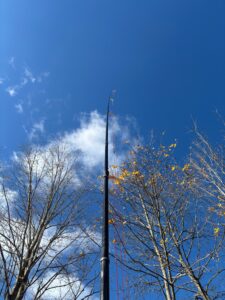
SWR on 10, 20, and 40 were pretty close to designed sweet spot after a few iterations.
More details in the December Signal. Yeah, I’m a tease…
de KK1X
The November issue of Signal, the newsletter of the Nashoba Valley Amateur Radio Club, is available:
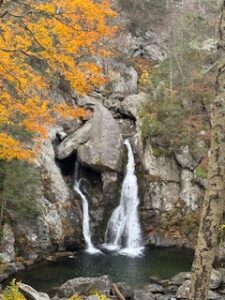 KK1X took this picture at Bash Bish State Park in Mount Washington MA. Then he had to hike back up…
KK1X took this picture at Bash Bish State Park in Mount Washington MA. Then he had to hike back up…
Check solarham.com for “space weather” conditions for the upcoming ARRL Sweepstakes on SSB. The contest will happen in any event, but you can set your expectations 😉
Sitting here in Rhododendron State Park in Fitzwilliam NH playing POTA. I am on a soft sked with a ham in AZ who is looking for New Hampshire. I’m readily available and always willing to play radio. Plus I was already in the area delivering bread to my sister.
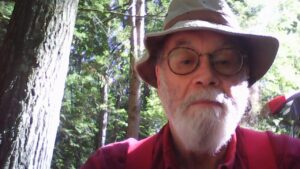
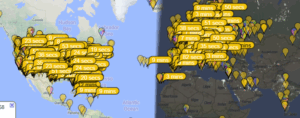
Today I’m using my IC-7300 at 25 watts. My 10A fuses don’t support 50 watts. Ask me how I know…
If you sit in the forest long enough in September, you will get bonked with an acorn.
I’m terribly surprised at the very small difference between running 5 watts and 25 watts. I’m using a delta loop antenna today on 20 and the performance at 25 watts is barely better than 5 watts into a hamstick on my car’s roof. The littlest bit of scrutiny will disabuse anyone of the notion that this is a scientific opinion. But as the Elmers say, “Any antenna is better than no antenna”.
That said, above is the propagation pattern (20 m) over the past 15 minutes. The antenna is very close to the N-S plane.